The French 75 has evolved through many forms
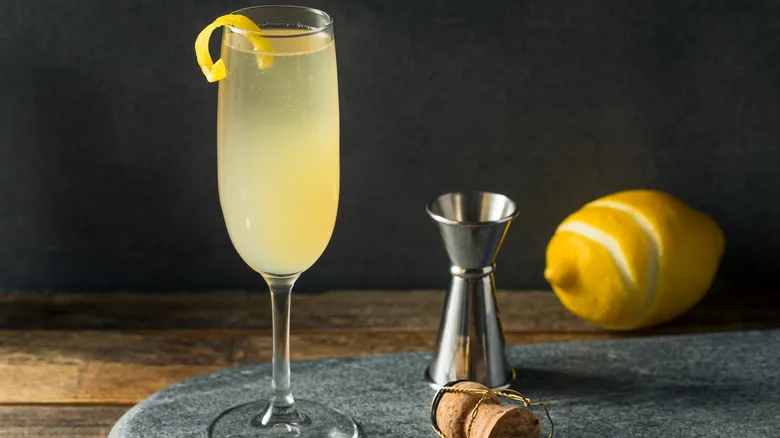
Today's French 75 certainly delivers a strong impact, combining a shot of gin, lemon juice, and simple syrup, then finishing it off with a splash of dry champagne. Served in a flute, this cocktail strikes a refined balance of dry and tart flavors, all in an elegant — yet dangerously easy-to-drink — presentation.
Moreover, it can also be transformed into one of the finest cognac cocktails by simply swapping the base spirit. This variation lends a richer, slightly spiced profile to the drink. There are also several playful adaptations of the name, such as the French 95, which uses bourbon, or the Mexican 55, featuring tequila. What remains consistent in its contemporary versions is the dry champagne topping, which adds a bubbly effervescence and enhances the drink's strength. Interestingly, the original recipe did not include any sparkling wine.
The first recorded recipe from Paris combined equal parts gin, grenadine, and applejack, finished with a splash of lemon juice. In the decade following its creation, the cocktail evolved through various iterations, incorporating ingredients like calvados and absinthe, before settling on the classic components we recognize today in 1927, albeit served over ice. The drink continued to evolve, ultimately adopting its current flute presentation in the 1980s — a testament to the numerous variations that can stem from a single name.
The gin and champagne pairing dates back to the 19th century
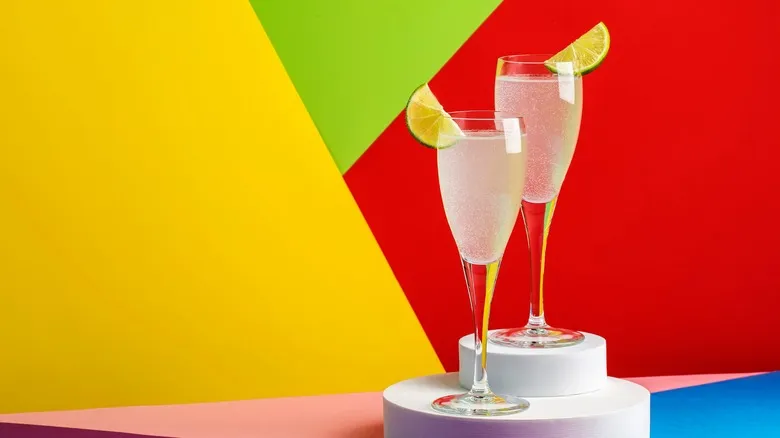
The French 75 first combined gin and champagne in 1927, as noted in a collection by Judge Jr. This variation of the cocktail was served in a large, round Collins glass filled with ice; some believed the choice of glass was meant to resemble an artillery shell. While this was the first documented mixing of the drink's modern ingredients in a specific ratio, it wasn't the initial pairing of champagne and gin.
This combination had already gained popularity in the 19th century, with numerous mentions in literature. Notably, Charles Dickens was known to enjoy a drink made with champagne, gin, and lemon in 1867, which closely resembles what we now call the French 75. Additionally, Queen Victoria's son was fond of the gin and sparkling wine mix, which became so well-known that it earned the nickname "King's Peg" throughout the British Empire.
In fact, the practice of serving champagne in mixed drinks emerged just a few decades after the term "cocktail" was coined. A recipe for such a drink appeared in Jerry Thomas's influential book, "How to Mix Drinks, or The Bon Vivant's Companion," published in 1862. Therefore, by the time this potent combination was given a French name, it was far from a new concept, but rather a well-established drinking tradition.
Recommended

Gordon Ramsay's Favorite Cocktail Has A Harsh Name But A Smooth Flavor
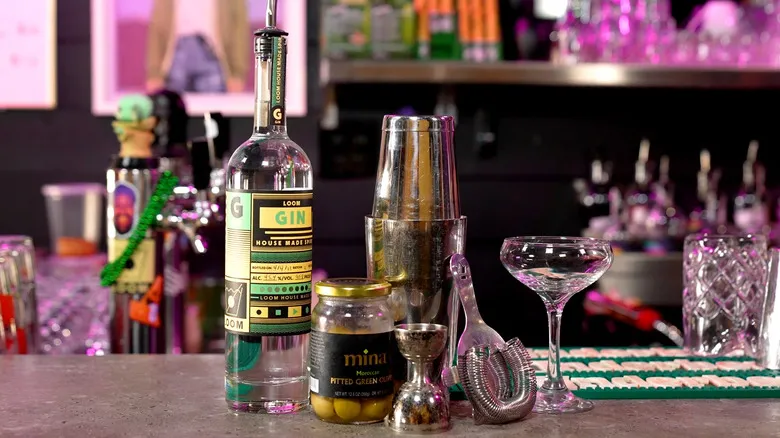
How To Make A Dirty Martini–You're Doing It Wrong All Wrong
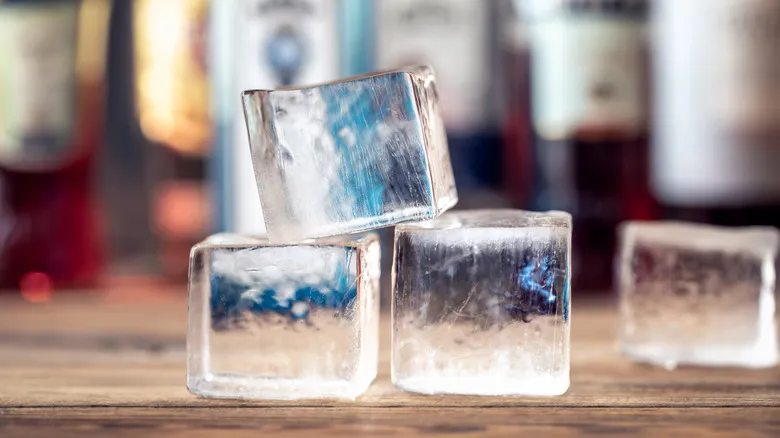
Why It's So Much Smarter To Drink Cocktails With Clear Ice
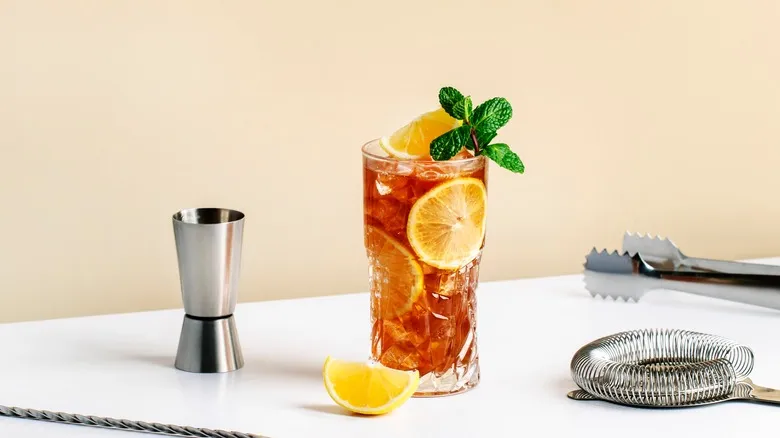
When Should You Drink Your Cocktail In A Highball Glass?
Next up

